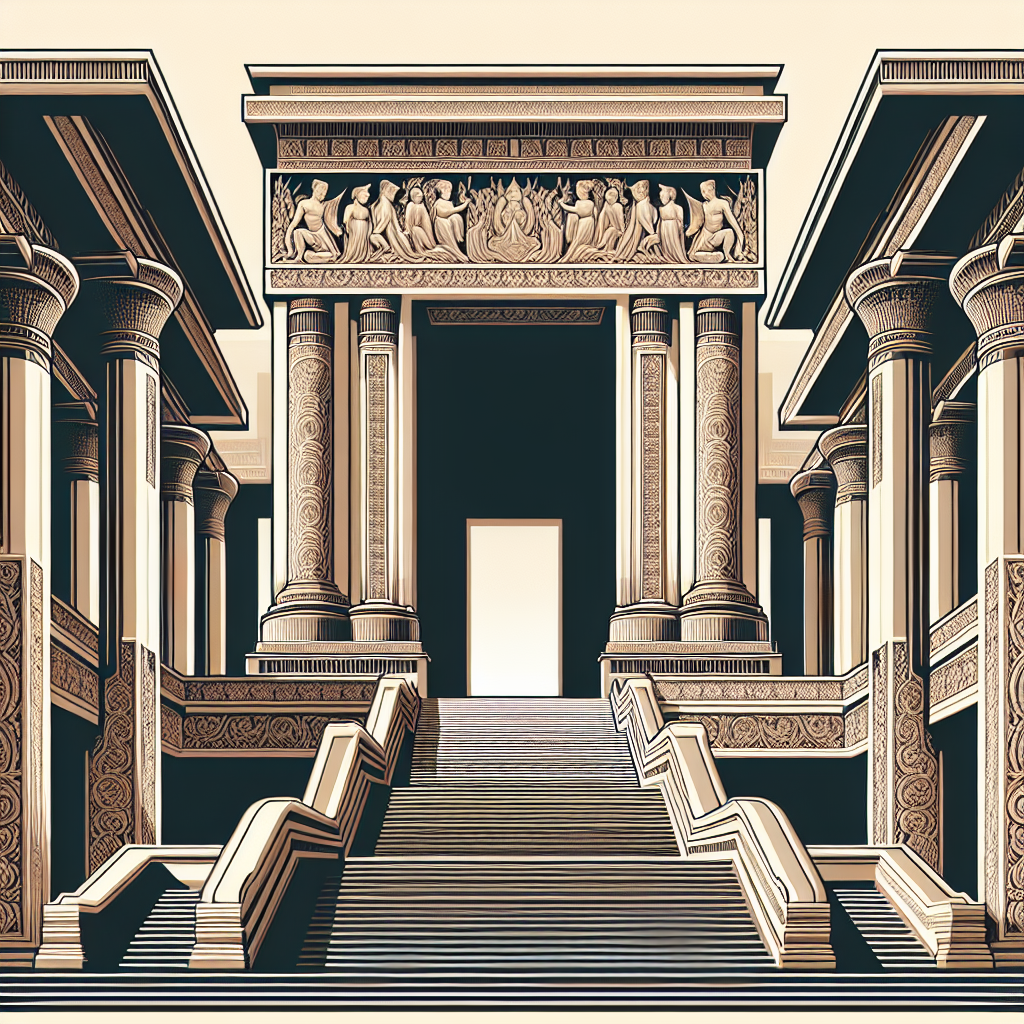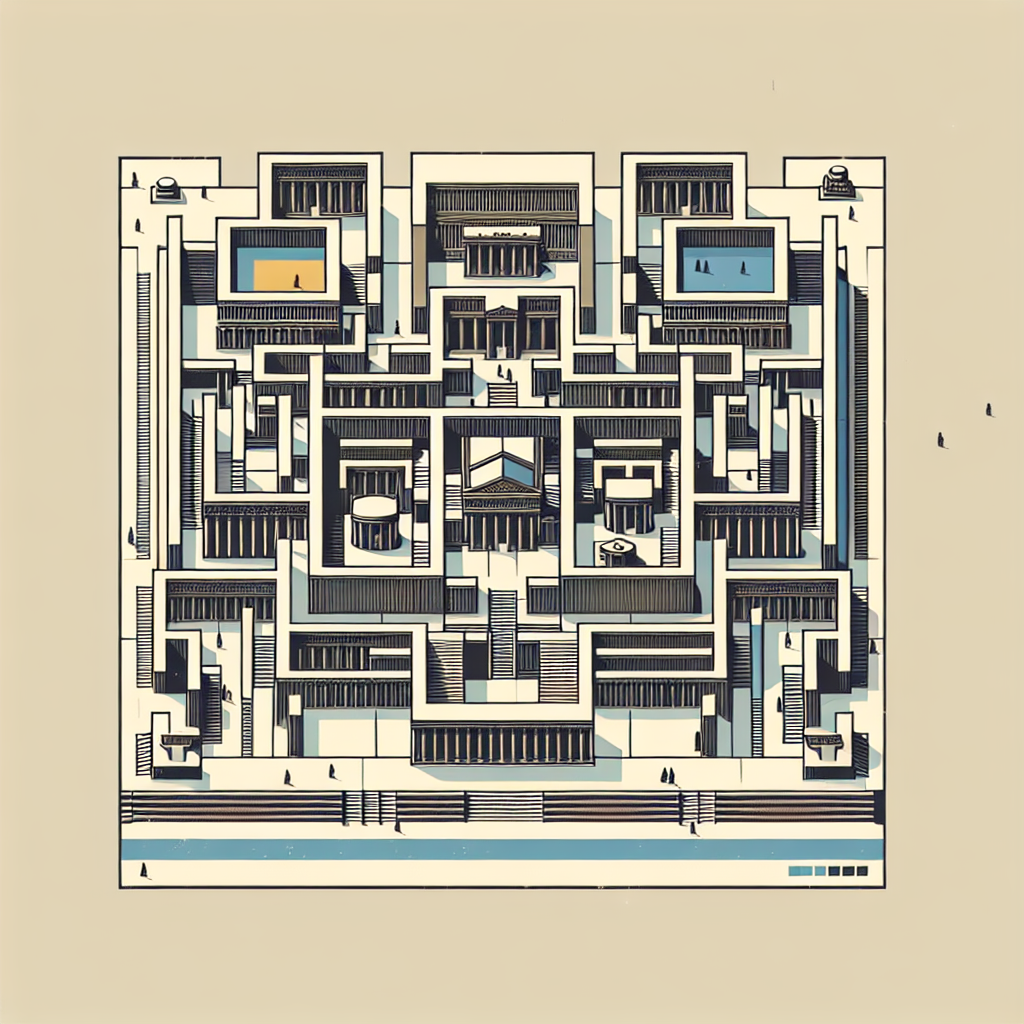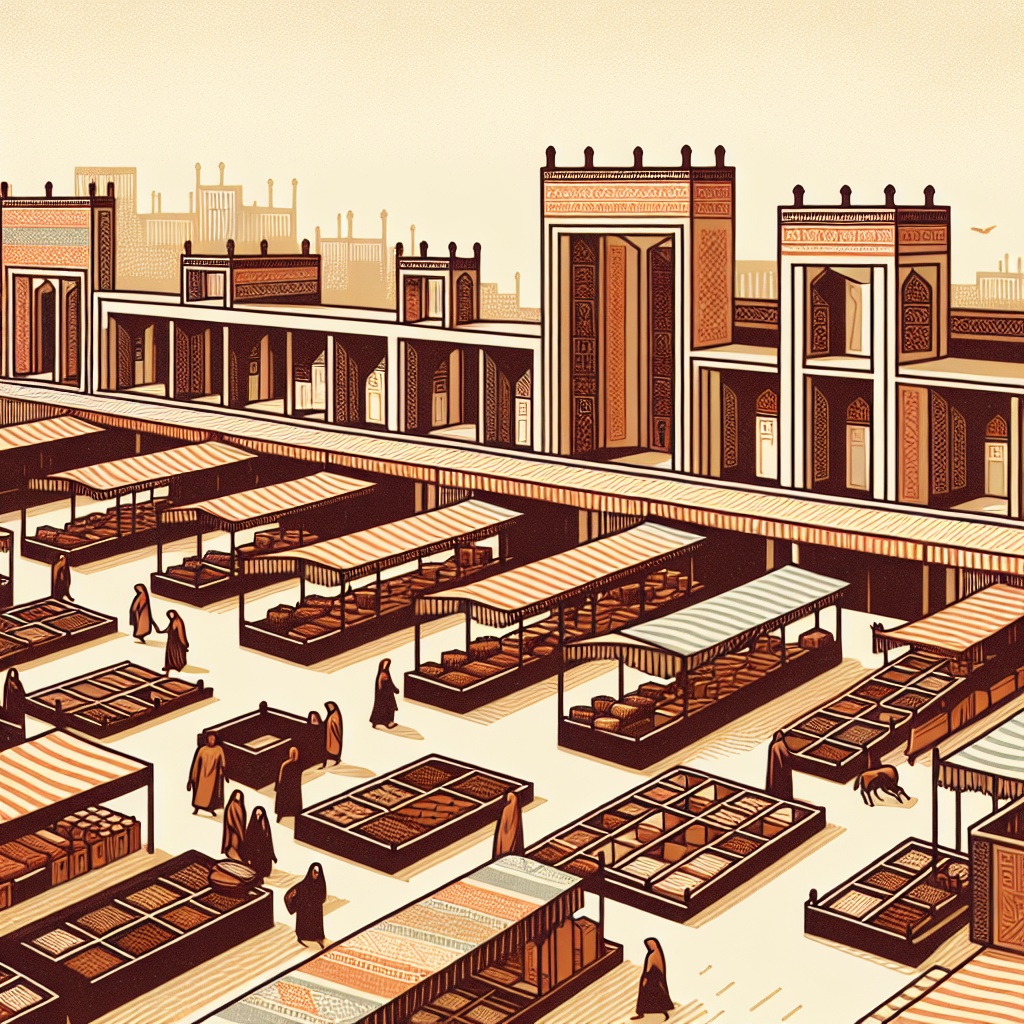Picture, if you can, how it’d feel to visit one of the most important cities in the world in the 520s BCE. Persepolis, Persia’s ceremonial capital, lays under the rule of Darius I. It showcases not only architectural marvels but also a society structured by a rigid hierarchy and intricate governance. Your journey through this historical city will reveal layers of life from health practices to trade dynamics that together form a complex civilization both awe-inspiring and daunting. So, put yourself in the shoes of a time traveler and explore Persepolis.
Architecture and Buildings
As you walk through Persepolis, monumental stone figures and lavish royal iconography surround you. The sheer scale and intricacy of buildings like the Apadana, a massive audience hall, is breathtaking. With every step, you encounter towering columns and expansive staircases adorned with detailed reliefs depicting scenes from across the empire. These structures clearly show the Persian Empire’s power and sophistication. The study of Old Persian architecture by Nylander reveals that these buildings were not just for show but also served as political statements of authority and cultural identity.


Class Hierarchies and Social Dynamics
In Persepolis, your social standing at birth determines your path in life. Witnessing this rigid social structure firsthand might cause feelings of disorientation or frustration due to the pronounced inequalities. You see nobles commanding respect while commoners toil away, their roles defined by an unyielding system. Briant’s comprehensive history book on the Achaemenid Empire sheds light on these societal divisions, showing how birthright was often destiny in ancient Persia, with little room for movement between classes.


Health Practices and Beliefs
Your understanding of health practices expands as you learn about local medicinal traditions based on balancing bodily elements. You might be skeptical yet intrigued by these traditional health practices that differ significantly from modern medicine. Archaeological studies have uncovered advanced water channels and drainage systems indicative of early sanitation methods within Persepolis. Such infrastructure points to an awareness of public health needs and the importance placed on cleanliness within this ancient society.


Trade and Economy
Engaging with marketplaces in Persepolis allows you to witness economic participation akin to modern-day activities. Standardized measurements facilitate trade across this vast empire, echoing today’s use of universal standards for commerce. The excitement is palpable as merchants conduct transactions using these standardized systems—a point underscored by the economic organization detailed in Briant’s “From Cyrus to Alexander,” which records such interactions within Persepolis’ walls.


Laws and Governance
Navigating through Persepolis exposes you to its complex legal system where the king plays a central role in governance. Although it may be confusing at first, there is an underlying respect for the orderliness this system brings to such a vast empire. Historical texts like Herodotus’s “Histories” describe how laws were administered under Darius I’s rule—through a network of satraps who governed different regions—and provide insight into how justice was dispensed across diverse populations.


Your journey through ancient Persepolis has been one filled with experiences ranging from admiring architectural feats to grappling with rigid social structures; from examining traditional health practices to participating in an organized economy; from deciphering complex legal systems to observing effective governance—all contributing factors that shaped life during this significant historical period.
References:
- Briant, P. (2002). From Cyrus to Alexander: A History of the Persian Empire. Eisenbrauns.
- Nylander, C. (1970). Ionians in Pasargadae: Studies in Old Persian Architecture. Uppsala Universitet.
- Garrison, M.B., & Root, M.C., (2001). Seals on the Persepolis Fortification Tablets Volume I: Images of Heroic Encounter Oriental Institute Publications 117 Oriental Institute University Chicago.
- Briant P., (2002). From Cyrus Alexander: A History Persian Empire Eisenbrauns.
- Stronach D., (1978). Pasargadae: Report Excavations Conducted British Institute Persian Studies 1961 1963 Oxford University Press.
- Harper P.O., Aruz J., Tallon F., (1992). Royal City Susa Ancient Near Eastern Treasures Louvre Metropolitan Museum Art.
- Dalby A., (2000). Empire Pleasures Luxury Indulgence Roman World Routledge.
- Llewellyn-Jones L., (2013). Encyclopedia Ancient History Wiley-Blackwell.
- Boyce M., (1982). A History Zoroastrianism Volume II Under Achaemenians Brill.
- Olmstead A.T., (1948). History Persian Empire University Chicago Press.

